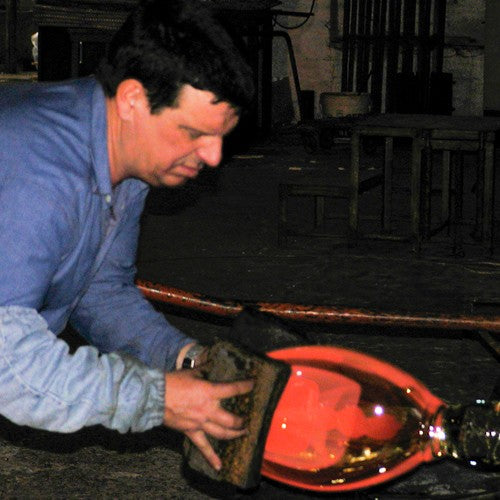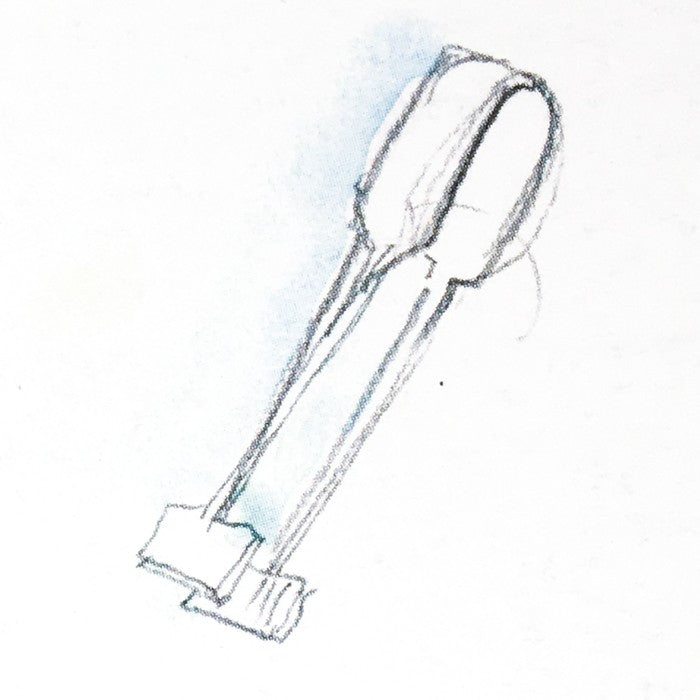The maestro is the main figure of the piazza . He is responsible of the overall perfection of each piece. The secrets of the composition of the siliceous sand, of the alum (Soda sand) are cherished of the maestro.
He performs the main task of modeling the piece.
The furnaces can have one or more piazza, each maestro directs a piazza.
To the maestro the task of issuing orders during processing and the technical choices on proceeding during the execution of the piece.
A bit of history
Once in the furnace, glass could only be touched by those who belonged to the family of glassmakers. The other workers only did marginal jobs in the furnace, lumberjack, helpers, etc.
The masters were often very characteristic characters and sometimes excelled not only in the glass art but also in other arts such as music, theatre, painting. We have testimonies of masters who dressed in a very original way, however they were almost all very attentive to their outlook, with some exceptions for those who loved the informal style.
At least until the seventies everything in Murano revolved around the glass and the master glassmakers were its central figure, it can be said that the figure of the master was almost revered by everyone.
Over time, the furnace hierarchy flattened especially during class struggles in the late seventies.
It must be said that also during the last century there has been the branding by some important firms. These companies have benefited from the work of some of the most capable masters who have ever had in Murano, but their names have not been highlighted as much as deserved, without them some legends like Pauly, Venini, Barvier and others would never have existed.
What distinguishes a true master
For everything to work in a furnace, there must be a charismatic leader who is capable of maintaining strong discipline.
The leadership of a true maestro must be total, he is always focused and he is able to direct the team using even the gaze and to make himself understood sometimes with precise gestures, a bit like an orchestra conductor.
What happens in the furnace almost looks like a ceremony.
The maestro lives his working hours in a state of tension and concentration like in a tennis match.
There has been and there still is much discussion about what are the requirements that can define a maestro.
Davide Salvadore distinguishes that a true maestro, despite being specialized in a particular production, should be able to perform a wide spectrum of different objects and techniques.
Giuliano Ballarin is more inclined to think that the value of a master is linked to the ability to translate a client's project into glass.
What is certain is that in order to be defined as such, a maestro must still have had masters who have transmitted to him almost total knowledge of everything that happens in the furnace. Another key ingredient is talent. There are workers who, although they have worked for very high level masters for decades, have never become maestros.

Maestro Romano Donà in his piazza.



1 comment
Ruby Cornejo
I bought a Murano mirror and sconces from a vintage store in Lis Angeles. It’s the most beautiful and artistic glass work. I’ve taken a deep interest in Murano and appreciate the stories of the Maestros who create them.
Leave a comment
All comments are moderated before being published.
This site is protected by hCaptcha and the hCaptcha Privacy Policy and Terms of Service apply.